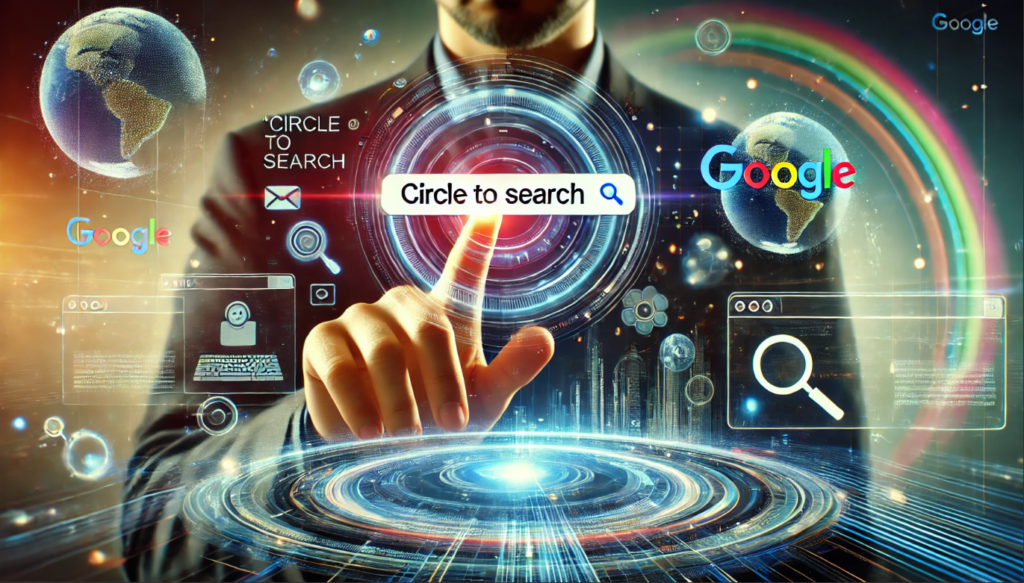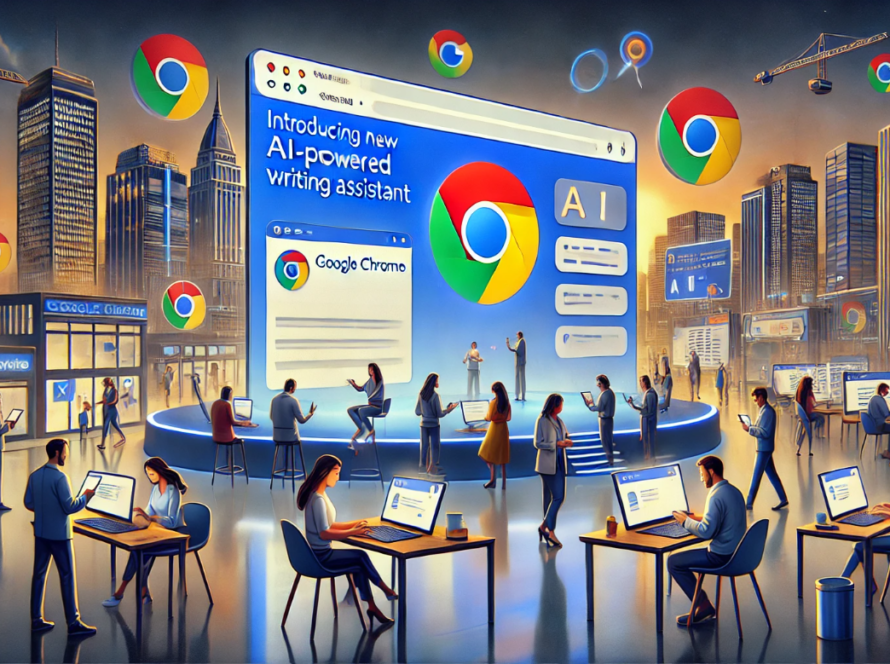In a world where digital innovation constantly reshapes how we interact with information, Google remains at the forefront of pushing the boundaries of what’s possible. The tech giant’s latest feature, “Circle to Search,” is a prime example of this ongoing evolution. With its introduction, Google aims to redefine the way we search the web, making the process more intuitive, seamless, and efficient.
What is “Circle to Search”?
“Circle to Search” is a new, experimental feature from Google that allows users to search for information in a more visual and interactive way. Instead of typing keywords or using voice search, users can simply circle the relevant part of an image or text on their screens, and Google will instantly perform a search based on that selection. This innovation is part of Google’s broader effort to integrate more visual and AI-driven elements into the search experience, building on the foundation laid by Google Lens and other visual search tools.

How Does It Work?
The functionality of “Circle to Search” is straightforward yet revolutionary. When a user encounters an image, article, or any content on their device, they can use their finger or a stylus to draw a circle around the specific element they are interested in. Google’s AI then analyzes the selected area to determine the context and relevant information, and instantly presents search results related to the circled content.
For instance, if you’re reading an article about the latest smartphone and you circle a particular feature mentioned in the text, Google will provide search results that delve deeper into that feature, offering reviews, detailed descriptions, and related content. This process eliminates the need to switch between tabs or manually type in search queries, streamlining the browsing experience.
The Benefits of “Circle to Search”
- Enhanced User Experience: “Circle to Search” is designed to make the search process more user-friendly. It caters to the growing demand for faster and more intuitive interactions online. By allowing users to search directly from the content they are viewing, Google reduces the friction associated with traditional search methods.
- Visual and Contextual Search: The feature leverages Google’s advancements in AI and machine learning to provide search results that are not just based on keywords but also on the visual context of what the user selects. This capability opens up new possibilities for searching content that is difficult to describe in words, such as intricate designs, complex diagrams, or unique objects.
- Efficiency and Productivity: For professionals and students alike, “Circle to Search” can be a game-changer. It enables users to quickly gather information without disrupting their workflow. Whether researching for a project or trying to understand a complex topic, the ability to search based on what you see rather than what you type can save valuable time.
- Integration with Other Google Services: “Circle to Search” is expected to integrate seamlessly with other Google services such as Google Photos, Google Lens, and even Google Translate. This integration will allow for a more cohesive experience across different platforms, enabling users to leverage Google’s entire ecosystem to enhance their search capabilities.
Potential Applications
The potential applications for “Circle to Search” are vast and varied. In the realm of education, it could become a vital tool for students to explore complex subjects visually. In e-commerce, shoppers could use the feature to find products similar to those they see online, enhancing the shopping experience.
Moreover, content creators and marketers could leverage this tool to analyze competitors’ content or discover trending topics by quickly searching for information related to specific elements of the content they encounter. This feature could also revolutionize the way we interact with digital media, making the web more accessible and easier to navigate for everyone.
Challenges and Considerations
While “Circle to Search” holds great promise, it also raises several challenges and considerations. Privacy concerns are at the forefront, as the feature relies on AI and image recognition technologies that could potentially analyze and store visual data. Google will need to ensure that user data is handled with the utmost care to maintain trust.
Additionally, the accuracy of search results will be critical to the success of this feature. If the AI misinterprets what the user is searching for, it could lead to frustration and decreased usage. Continuous refinement and user feedback will be essential in addressing these challenges.
The Future of Web Browsing
“Circle to Search” represents a significant step forward in the evolution of web browsing. As we continue to move towards a more visual and AI-driven digital landscape, tools like this will likely become integral to how we interact with the web. By making search more intuitive and integrated into our everyday interactions, Google is not just changing the way we search, but also how we experience the internet.
As with any new technology, the adoption and success of “Circle to Search” will depend on how well it meets users’ needs and addresses any challenges that arise. However, it’s clear that this feature has the potential to usher in a new era of web browsing, one where the search is no longer confined to keywords but is driven by what we see and how we interact with the digital world.



